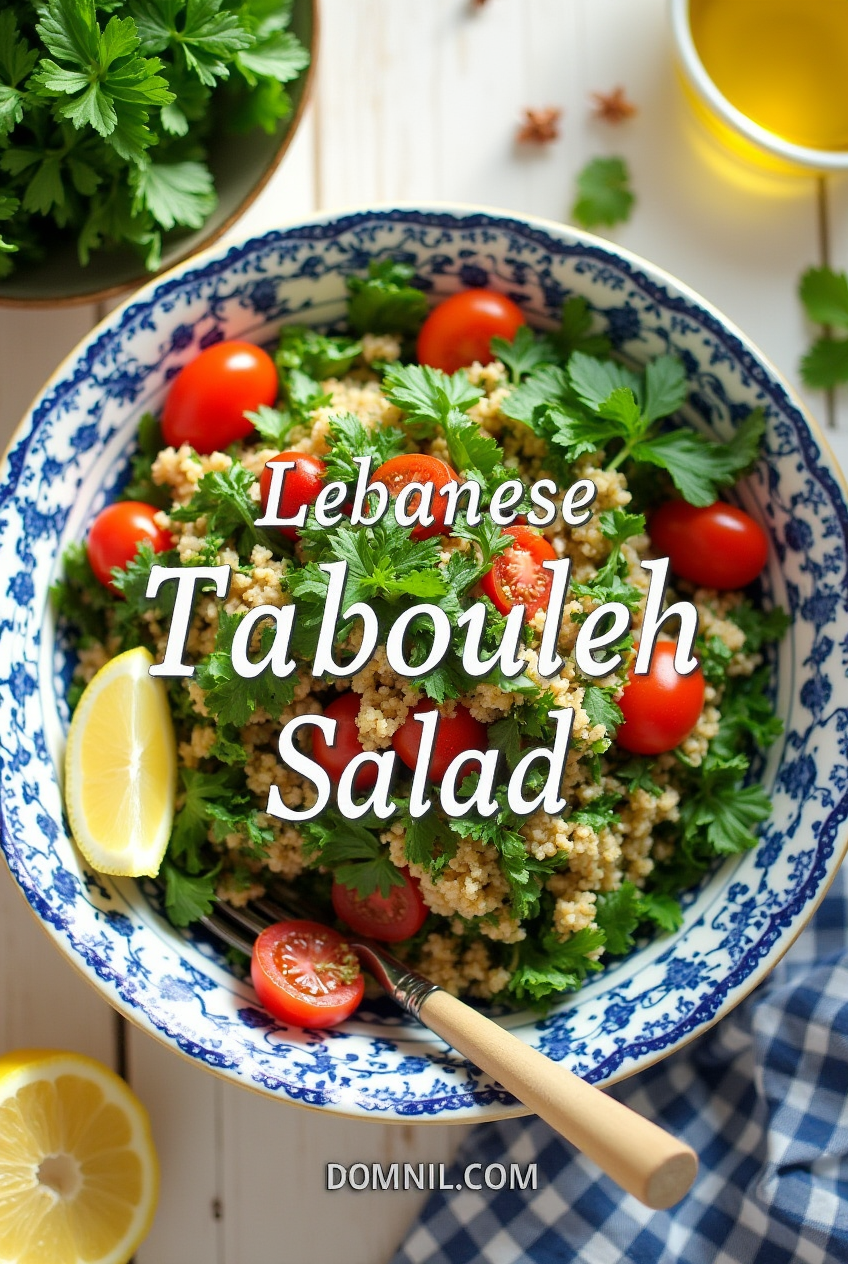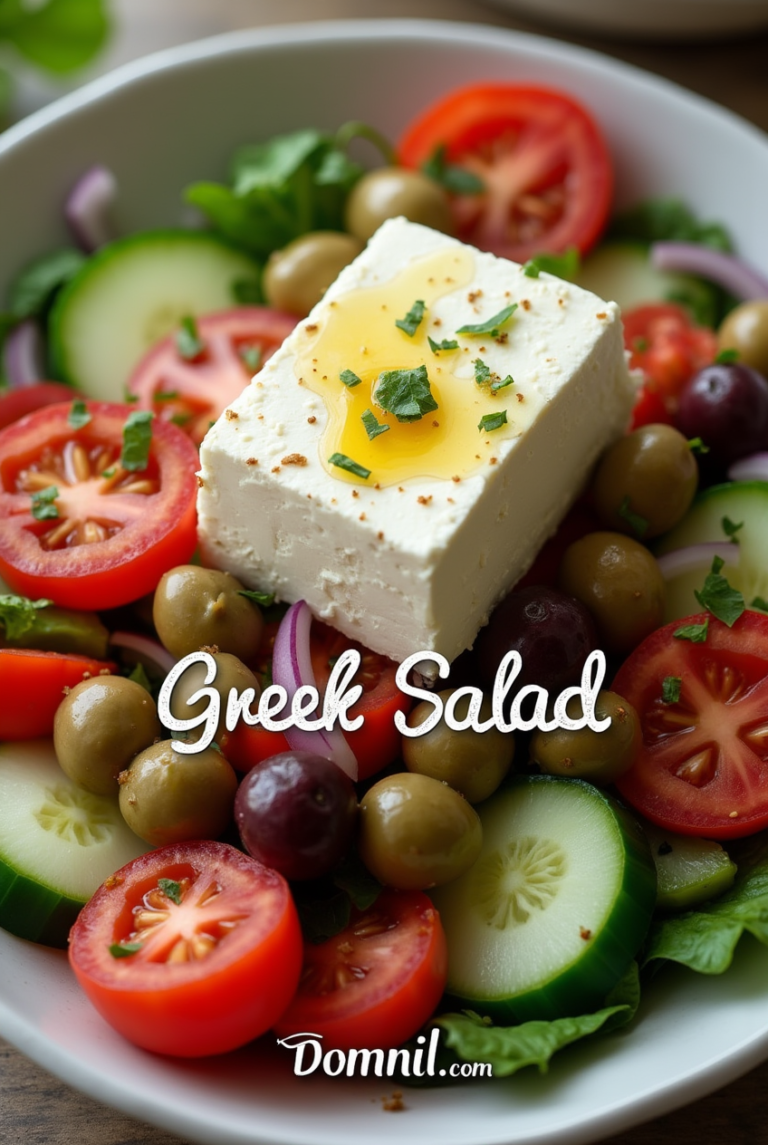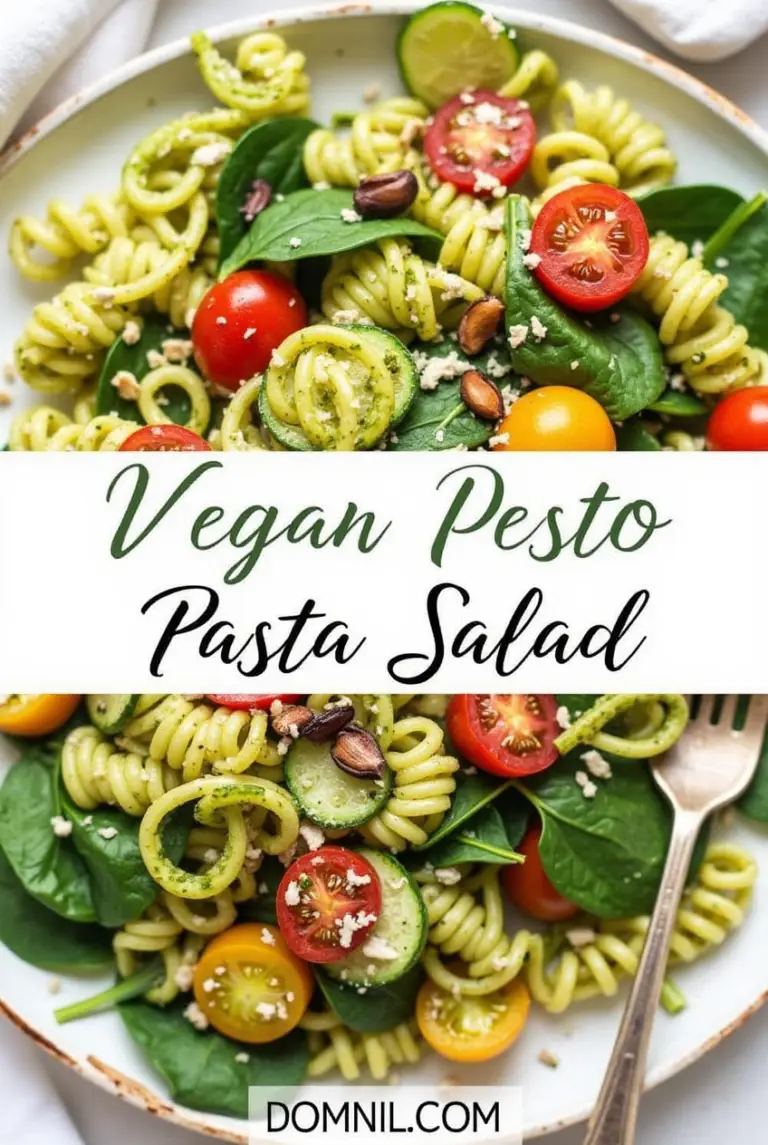How to Make Authentic Lebanese Tabbouleh Salad: The Ultimate Guide
Have you ever tasted a salad so fresh that it feels like summer dancing on your tongue? That’s Lebanese Tabbouleh Salad for you! But why do so many people get this famous Middle Eastern dish all wrong? The secret lies in knowing that real Lebanese Tabbouleh is actually a herb salad, not a grain salad!

What Makes Lebanese Tabbouleh Special?
Lebanese Tabbouleh is a bright, lemony herb salad that will make your taste buds sing! Unlike other versions you might have tried, authentic Lebanese Tabbouleh is mainly fresh parsley with just a little bit of bulgur wheat. It’s super healthy, incredibly fresh, and bursting with flavor.
Time Required: 30 minutes (plus 15 minutes soaking time) Difficulty Level: Easy! Anyone can make it with a little patience for chopping. Skill Level: Perfect for beginners who can use a knife safely.
This salad is special because:
- It’s packed with fresh herbs that are good for you
- It takes very little cooking (just soaking the bulgur)
- You can make it ahead for parties
- It’s perfect for hot summer days when you want something light
Essential Ingredients for Authentic Lebanese Tabbouleh
The key to amazing Tabbouleh is using the freshest ingredients possible. Here’s what you’ll need:
Main Ingredients
- Flat-leaf parsley (4 big bunches) – This is the star of the show! Look for bright green, fresh bunches. Curly parsley works too, but flat-leaf (also called Italian parsley) has better flavor.
- Fine bulgur wheat (¼ cup) – This tiny grain gets soaked, not cooked. It adds a little chewy texture. Bulgur is wheat that’s been boiled, dried, and cracked into tiny pieces.
- Fresh mint leaves (½ cup) – Adds a cool, refreshing flavor that makes Tabbouleh special.
- Ripe tomatoes (2 medium) – Choose firm but ripe tomatoes. They add juicy sweetness and pretty color.
- Green onions (4-5 stalks) – These give a mild onion flavor without being too strong.
For the Dressing
- Fresh lemon juice (⅓ cup) – Always use fresh lemons! The bottled stuff just isn’t the same.
- Extra virgin olive oil (⅓ cup) – Get the best quality you can afford. You’ll really taste it in this salad!
- Salt and pepper – To make all the flavors pop.
Possible Substitutions
- If you can’t find bulgur, you can use quinoa (for a gluten-free option) or couscous (although traditionalists might not approve!)
- No fresh mint? You could use a smaller amount of dried mint in a pinch, but fresh is much better.
- Red onion can replace green onions if you dice it super small.
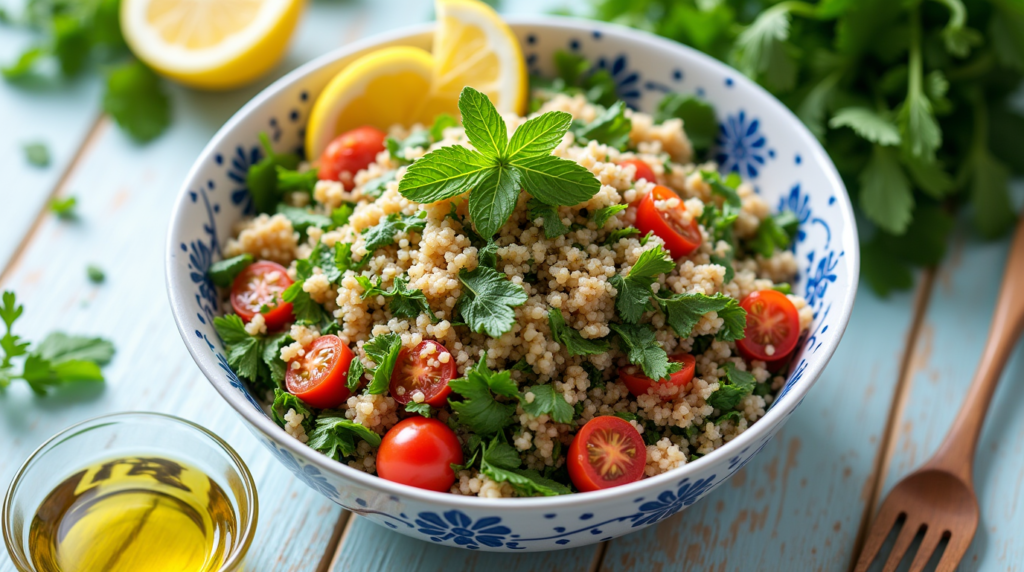
Step-by-Step Instructions: Making Perfect Tabbouleh
Step 1: Prepare the Bulgur
- Put ¼ cup fine bulgur wheat in a small bowl.
- Cover with just enough cold water to make it wet.
- Let it soak for 15-20 minutes until it’s soft but still a little chewy.
- When it’s ready, squeeze out any extra water with your hands or a clean kitchen towel.
Tip: Don’t use too much bulgur! In real Lebanese Tabbouleh, bulgur is just a supporting player, not the main ingredient.
Step 2: Prepare the Herbs
- Wash the parsley and mint really well to remove any dirt. Change the water a few times until it’s clear.
- Shake off extra water and spread the herbs on clean kitchen towels to dry completely. (Wet herbs will make your salad soggy!)
- Remove the thick stems from the parsley. You can keep the thin stems attached to the leaves.
- Chop the parsley very finely using a sharp knife. Don’t use a food processor – it bruises the herbs!
- Chop the mint leaves finely too.
Tip: The secret to great Tabbouleh is chopping everything by hand. It takes a little time but makes a big difference in the final result!
Step 3: Prepare the Vegetables
- Dice the tomatoes into very small pieces (about the size of your pinky fingernail). Remove some of the seeds and juicy parts so your salad doesn’t get too watery.
- Slice the green onions thinly, using just the white and light green parts.
Tip: For the best flavor, try to cut everything into pieces that are about the same tiny size. This helps all the flavors mix together well.
Step 4: Make the Dressing
- In a small bowl, mix together ⅓ cup fresh lemon juice and ⅓ cup extra virgin olive oil.
- Add 1 teaspoon salt and a pinch of black pepper.
- Whisk it all together until it’s well mixed.
Tip: Taste your dressing and adjust it to your liking. Some people like more lemon, others prefer more olive oil.
Assembly: Putting Your Tabbouleh Together
Now comes the fun part – putting everything together!
- In a large bowl, combine the chopped parsley, mint, tomatoes, and green onions.
- Add the soaked and squeezed bulgur wheat.
- Pour the dressing over everything just before you’re ready to serve.
- Toss everything together gently but thoroughly, making sure all the ingredients get coated with the dressing.
- Taste your Tabbouleh and add more salt or lemon juice if needed.
Presentation Tips
- Serve your Tabbouleh on a bed of romaine lettuce leaves for an authentic touch. In Lebanon, people often use lettuce leaves as scoops to eat the salad!
- Place a few whole mint leaves on top for a pretty garnish.
- Use a wide, shallow bowl to show off all the beautiful colors.
- Serve with extra lemon wedges on the side for people who like it extra tangy.
Storage and Make-Ahead Tips
Lebanese Tabbouleh is best when fresh, but you can prepare parts of it ahead of time:
- You can chop the parsley and mint up to 1 day ahead. Store them in separate containers with paper towels to absorb moisture.
- The bulgur can be soaked and squeezed up to 1 day ahead.
- Diced tomatoes should be prepared just before mixing to prevent sogginess.
- You can make the dressing up to 3 days ahead and keep it in the fridge.
If you have leftover Tabbouleh:
- Store it in an airtight container in the fridge for up to 2 days.
- The flavor actually gets better after a few hours as everything mingles together!
- It won’t look as bright green the next day, but will still taste delicious.
- Don’t freeze Tabbouleh – fresh herbs don’t freeze well.
Tip: If making ahead for a party, keep the dressing separate and add it right before serving.
Recipe Variations: Making Tabbouleh Your Own
While traditional Lebanese Tabbouleh follows the recipe above, there are many delicious ways to make it your own:
Mediterranean Twist
- Add ½ cup diced cucumber for extra crunch
- Include ¼ cup crumbled feta cheese for creaminess
- Toss in a handful of chopped Kalamata olives for a salty punch
Jeweled Tabbouleh
- Mix in ¼ cup pomegranate seeds for sweet-tart bursts of flavor
- Add 2 tablespoons of toasted pine nuts for richness
- Include a pinch of cinnamon for a warm, aromatic touch
Modern Tabbouleh
- Use quinoa instead of bulgur for a protein-packed, gluten-free version
- Add diced avocado for creaminess (not traditional, but delicious!)
- Include a finely chopped small bell pepper for extra color and crunch
Spicy Tabbouleh
- Add a small jalapeño, seeds removed and finely diced
- Include ¼ teaspoon of ground cumin for warmth
- Mix in a pinch of sumac for a tangy, middle-eastern flavor
Remember: The key to any good Tabbouleh variation is to keep the fresh herbs as the star of the show!
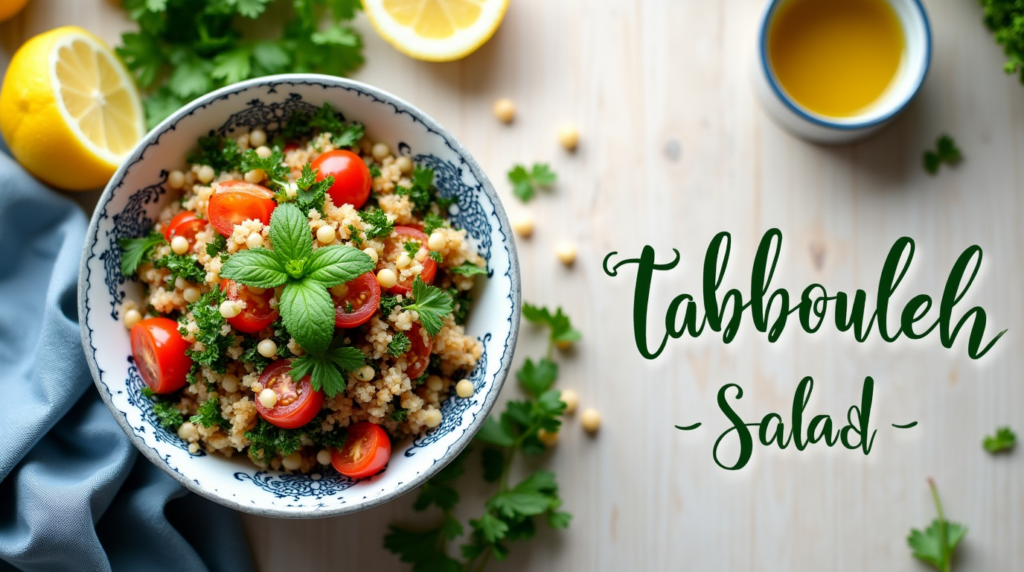
Conclusion: Enjoy Your Homemade Lebanese Tabbouleh!
Now you know how to make authentic Lebanese Tabbouleh like a pro! The bright flavors, fresh ingredients, and beautiful colors make this salad perfect for everything from everyday lunches to special dinner parties.
What makes Tabbouleh so wonderful is that you can adapt it to your taste while keeping the essential herb-forward character that makes it special. Don’t be afraid to play with the amount of lemon, mint, or other ingredients until you find your perfect balance.
Remember, real Lebanese Tabbouleh is about celebrating fresh herbs – it should be vibrant green, not beige! The bulgur is just there to add a little texture, not to take over.
So grab your knife and cutting board, pick up some fresh parsley, and start chopping! Your taste buds will thank you for bringing this little piece of Lebanon to your table.
Frequently Asked Questions About Lebanese Tabbouleh
Is Tabbouleh healthy?
Yes! Tabbouleh is super healthy. Parsley is packed with vitamins A, C, and K. It also has lots of antioxidants and iron. The olive oil has good fats that are heart-healthy. And because it’s mostly herbs and vegetables, Tabbouleh is low in calories but very filling!
Can I make Tabbouleh without bulgur?
Absolutely! For a gluten-free version, you can use quinoa instead of bulgur. You can also just leave the grain out completely for a pure herb salad.
Why is my Tabbouleh soggy?
Soggy Tabbouleh usually happens when the herbs weren’t dried well enough after washing or when the tomatoes release too much juice. Make sure to dry your herbs completely and consider removing some of the tomato seeds and juicy parts.
How fine should I chop the parsley?
The parsley should be chopped quite finely, but not to the point where it’s mushy. Aim for pieces about the size of confetti – small but still visible as individual pieces.
Can I use a food processor to chop the herbs?
While it’s tempting to save time with a food processor, chopping by hand gives the best texture. Food processors can bruise the herbs and make them release too much water. If you must use one, pulse very briefly and carefully.
What can I serve with Tabbouleh?
Tabbouleh pairs beautifully with grilled meats, especially lamb or chicken. It’s also great with falafel, hummus, pita bread, and other Middle Eastern dishes. In Lebanon, it’s often part of a mezze (appetizer) spread.
How long does Tabbouleh last in the fridge?
Tabbouleh will stay good in the fridge for up to 2 days, though it’s best enjoyed within 24 hours. The bright green color may fade a bit, but the flavor will still be delicious!
Is Tabbouleh served cold or at room temperature?
Tabbouleh is traditionally served at room temperature or slightly chilled, never hot. If you refrigerate it, let it sit out for about 15 minutes before serving to let the flavors come alive.

